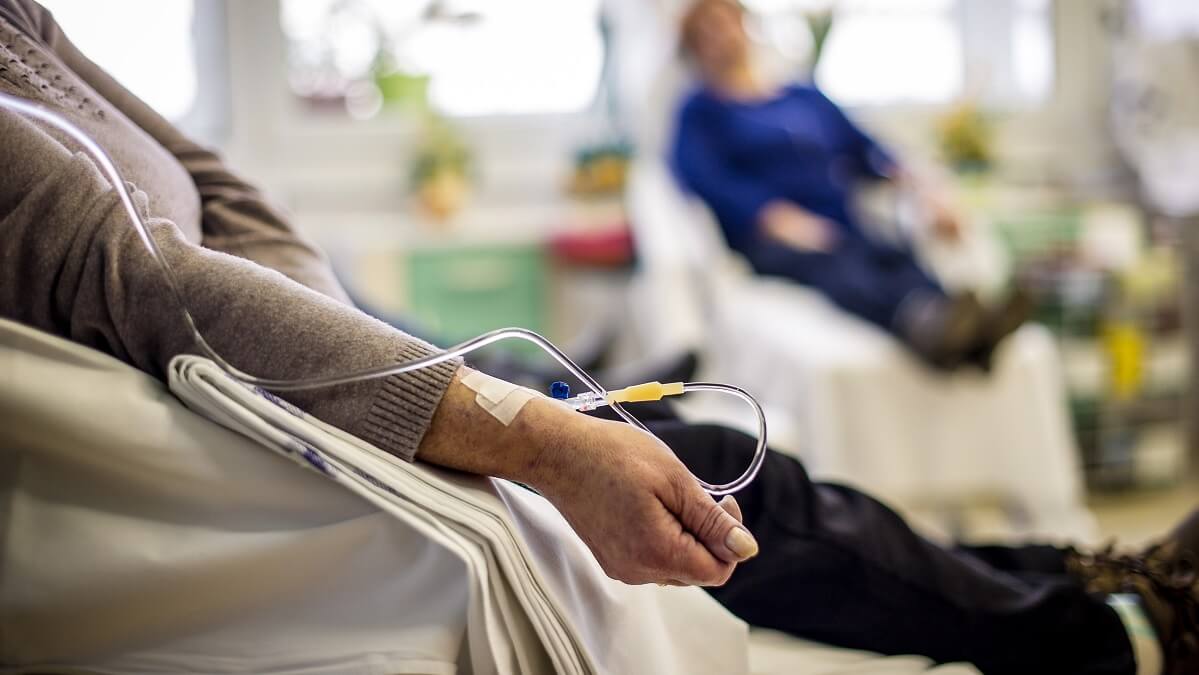Statistics sometimes throw up some strange anomalies. Many of these can lead to interesting and amusing observations, but sometimes they can hint at something more serious.
Take cancer rates, for instance. The data collected about this disease provides a case in point.
If you want to avoid getting cancer, the stats suggest you’d best keep clear of Australia. On the other hand, if you’re unfortunate enough to get cancer, Australia is one of the best places to be.
Putting it in terms of numbers, data collected in 2019 showed that there were 452 cases of cancer for every 100,000 Australians. This is the world’s highest cancer rate. Not just one of the highest, but the highest.
On the other hand, when it comes to cancer mortality rates, Australia has a far better record than many other countries. Our cancer mortality is 191 per 100,000, a long way behind the world’s worst, Hungary’s 286 per 100,000.
In fact, the ‘leaders’ in this unwanted stat are all eastern European nations. Along with Hungary, Croatia, Slovakia, Slovenia and Latvia make up the top six.
But even lined up against other western nations, Australia generally fares much better when it comes to cancer mortality. Countries with rates higher than 200 per 100,000 include Ireland (234), Denmark (231), the UK (222) and New Zealand (221).
So what’s the reason behind this seemingly counterintuitive disparity between our poor cancer rates and relatively good cancer mortality rates?
Cancer rates versus cancer mortality rates
Before having a closer look at the actual data, I had two initial thoughts about this. Firstly, my suspicion was that skin cancer is probably one of the key contributors to Australia’s high cancer rates.
Secondly, when considering our low cancer mortality rate, I wondered if the disparity wasn’t as counterintuitive as I first thought. After all, as a rich western nation, wouldn’t Australia be more likely to investigate the causes of, and solutions to, our high cancer rates? And if so, would that not logically lead to lower mortality rates?
My first suspicion was on the right track. Behind prostate cancer and breast cancer, melanoma of the skin is the third most common type of cancer.
Diagnosis is the key
As for Australia’s lower mortality rates, one expert says access to diagnostic tools plays a major role. Professor Grant McArthur, executive director of the Victorian Comprehensive Cancer Centre Alliance, says curbing the incidence of cancer is complex.
“It involves prevention, early detection and more effective treatments,” Prof. McArthur says. “To get good outcomes you need to be quite proficient in all those areas.”
Australia’s proficiency in this regard is easily explained, he says, because Australia’s access to ordering diagnostic tests through GPs is key to our high cancer survival rates.
“We have a system where primary care physicians and other clinicians can instigate investigations for what might be cancer without needing to refer. It’s a very simple thing.”
Prevention is better than cure, of course, and Australians would prefer not to be world ‘leaders’ when it comes to cancer rates. But it’s good to know that if we are unlucky enough get cancer, we have a health system well-equipped to cope.
Did you know that Australia has the highest cancer rates in the world? Have you had experience of Australia’s health system after a cancer diagnosis? How would you rate it? Let us know via the comments section below.
Also read: What you need to know about cervical cancer


I have always had medical check-ups and this led to early detection of prostate cancer. The scanning equipment is amazing, as are the health care professionals.
Had the prostate removed in March this year, but later PSA checks showed that some cells had escaped, or there may have been some small tissue left in the body.
Am now part way through having radiation treatment and the scanning equipment and staff in this are are also amazing and very caring.
My personal rating of the healthcare system in this area is 100%.
Oops. Should be staff in this area are also amazing and very caring
i don`t know what it`s like for people who can afford either to pay themselves or can afford proper health care insurance,__ BUT for us who don`t have the money so rely on the public “system” , it is diabolical.